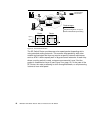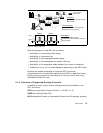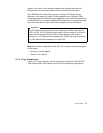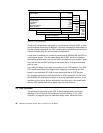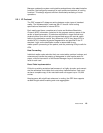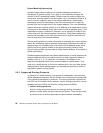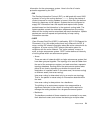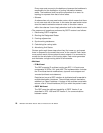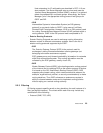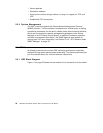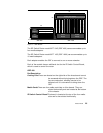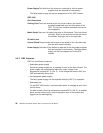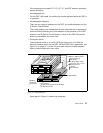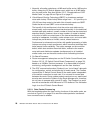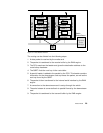22 IBM 9077 SP Switch Router: Get Connected to the SP Switch
Every area must connect to the backbone, because the backbone is
responsible for the distribution of routing information between
areas. The backbone itself has all the properties of an area. Its
topology is separate from that of other areas.
• Subarea
A subarea has only one area border router, which means that there
is only one route out of the area. In this case, the area border router
does not need to advertise external routes to the other routers
within the subarea. It can simply advertise itself as the default route.
• The sequence of operations performed by OSPF routers is as follows:
1. Discovering OSPF neighbors
2. Electing the Designated Router
3. Forming adjacencies
4. Synchronizing databases
5. Calculating the routing table
6. Advertising Link States
Routers go through these steps when they first come up, and repeat
them in response to the events that occur in the network. Each router
must perform each of these steps for each network it is connected to,
except for the calculation of the routing table. Each router generates
and maintains a single routing table for all networks.
• Multicast
• IP Multicast
The GRF supports IP multicast routing per RFC 1112 and some
components of RFCs 1301 and 1469. The implementation includes
the IP multicast kernel modifications, dynamic route support and
mrouted
(multicast route daemon).
Data that arrives at a GRF interface is duplicated and forwarded to
multiple destination interfaces. The multicast packet’s destination
address is a Class D address. A lookup of the multicast route table
returns a list of Virtual Interfaces (VIFs) to which the packet is sent.
• OSPF Multicast
The GRF uses the multicast capability of OSPF Version 2, as
described in RFC 1583 and RIP Version 2, for communications
between routers.



